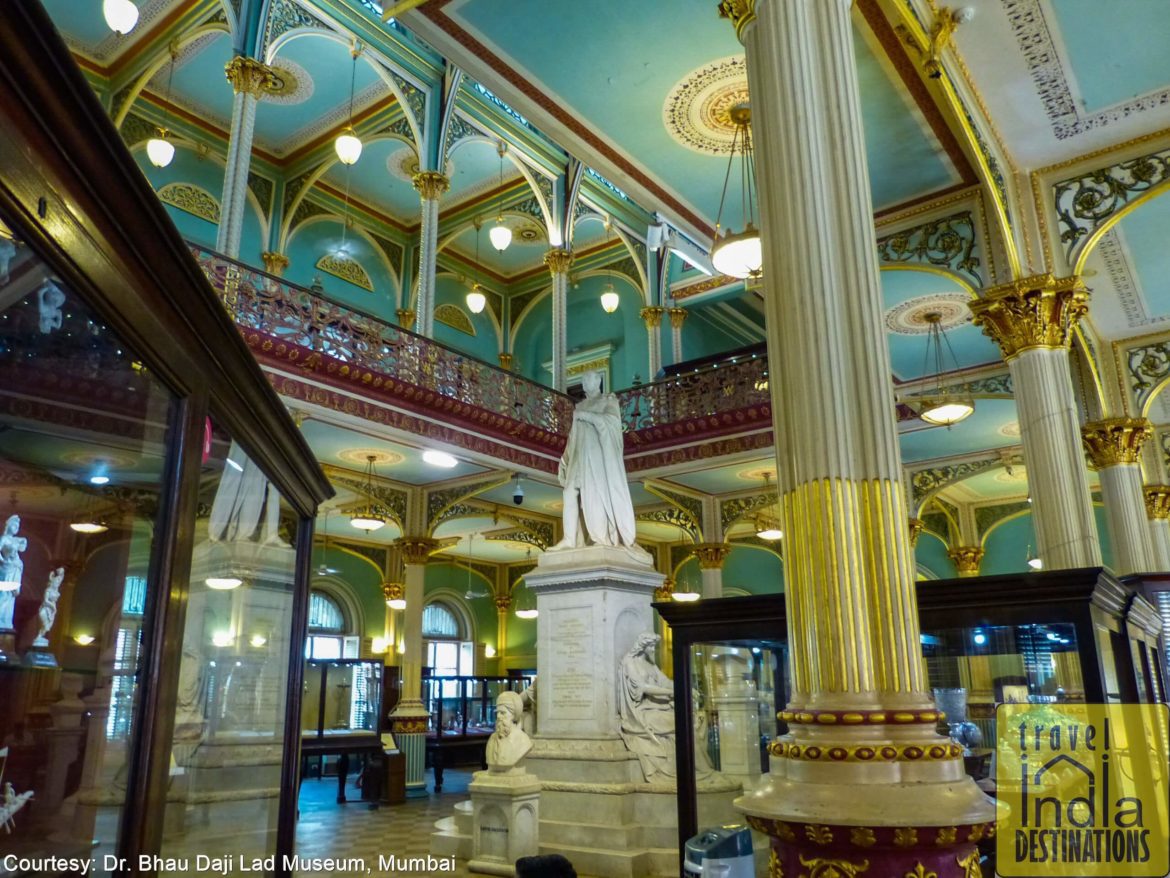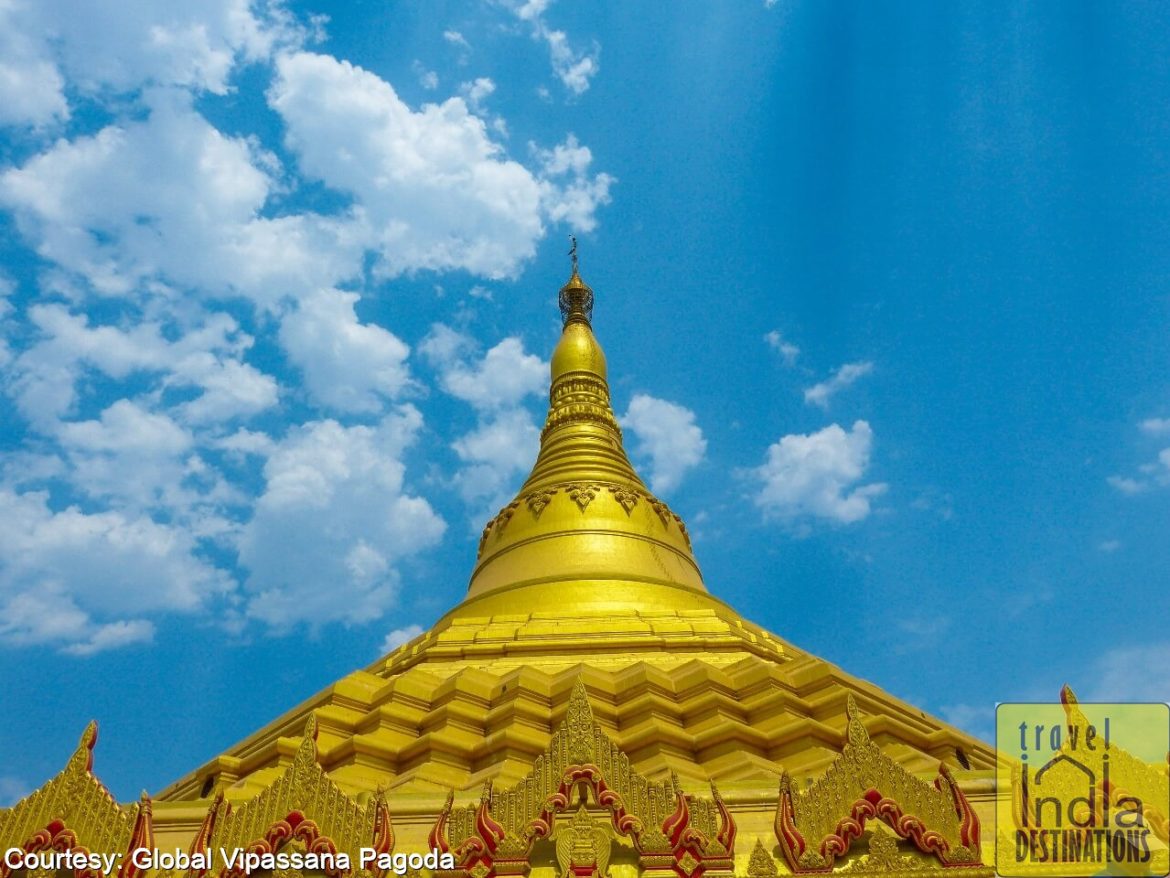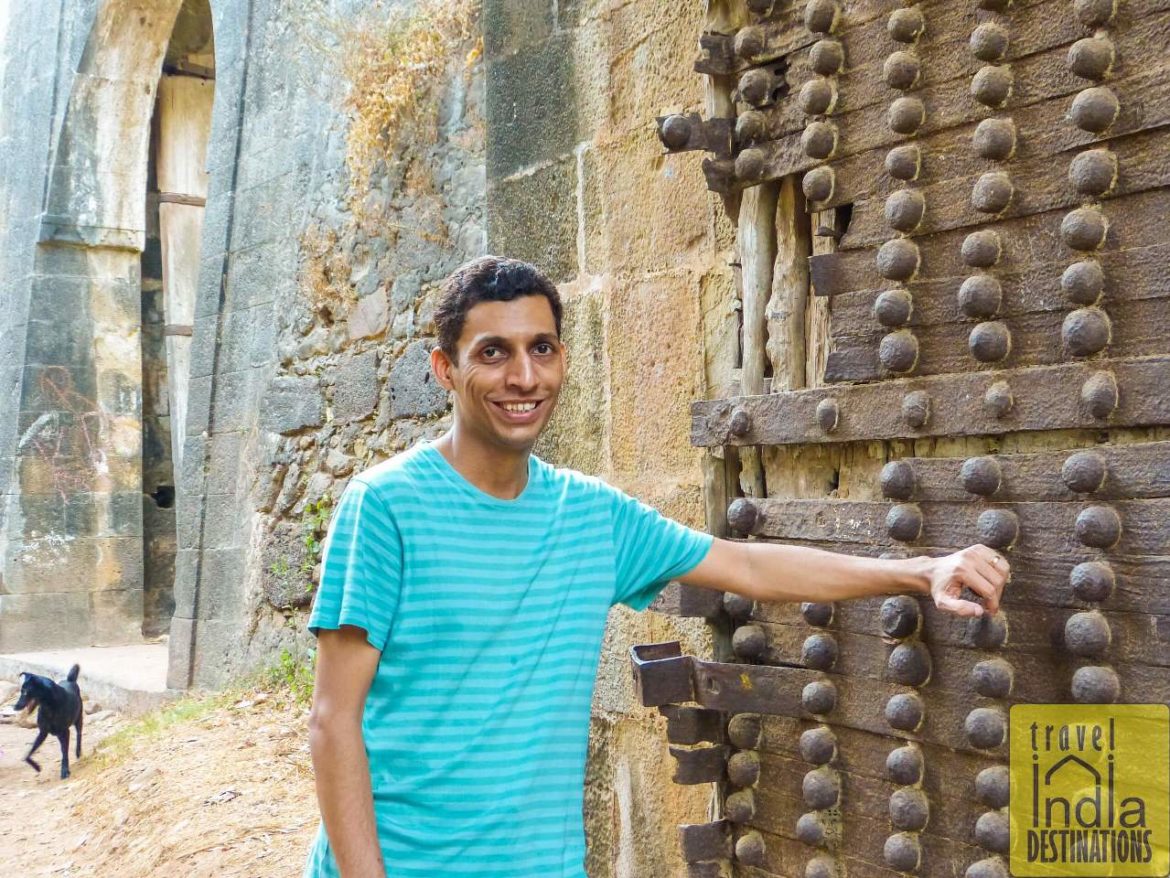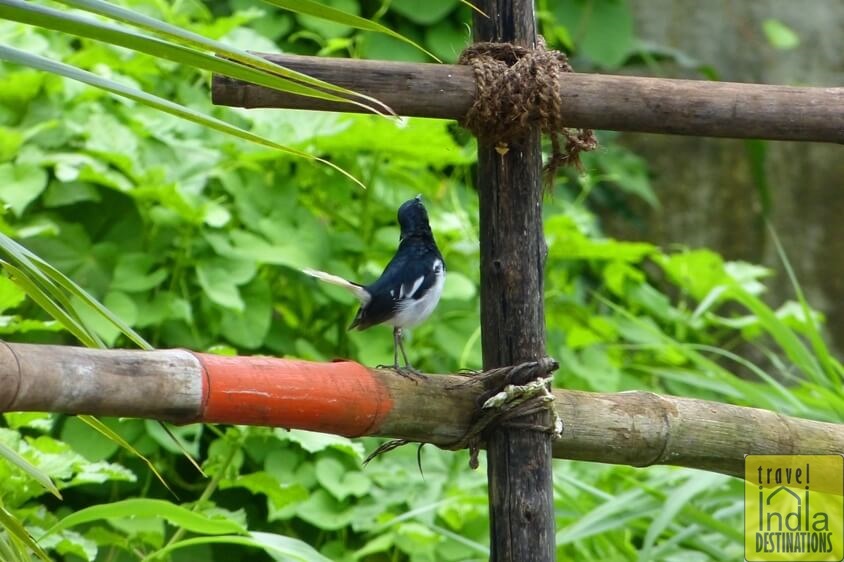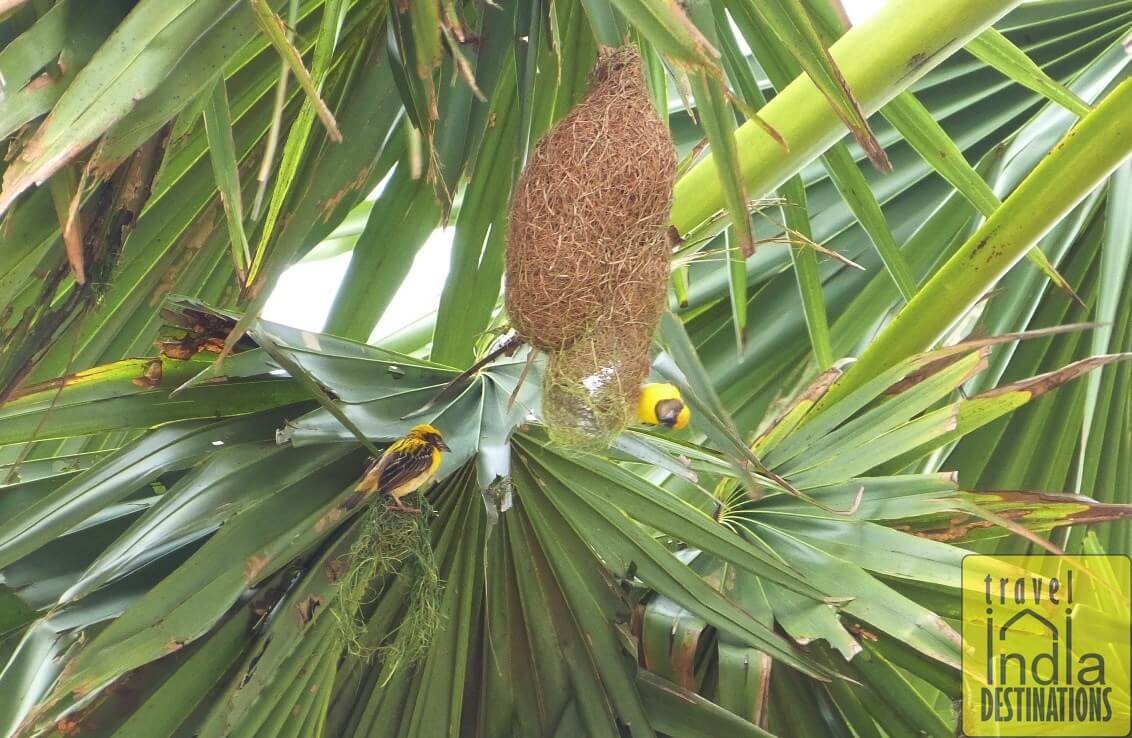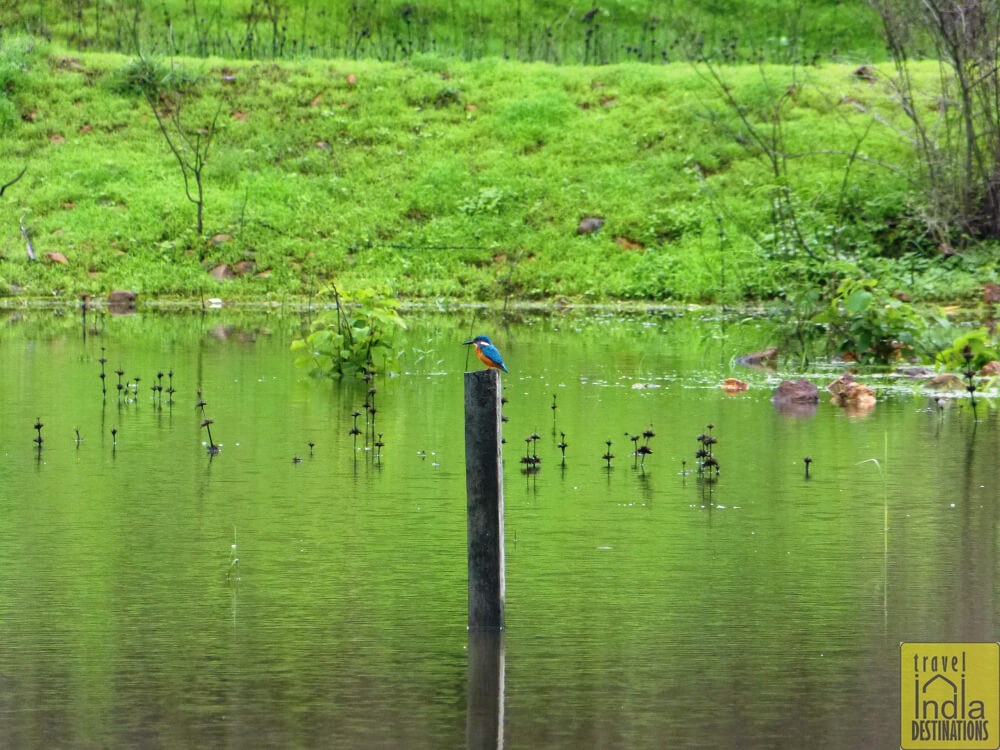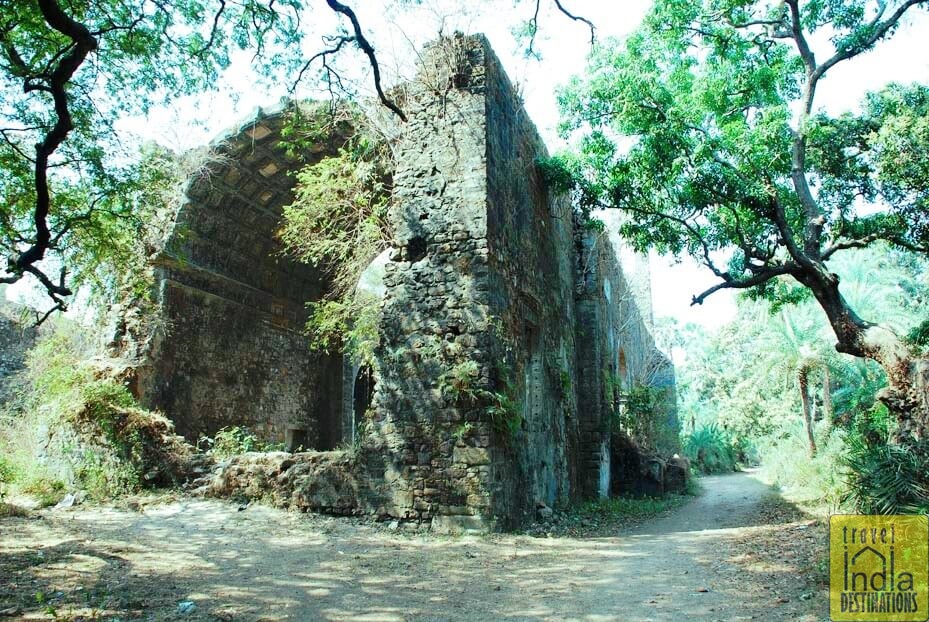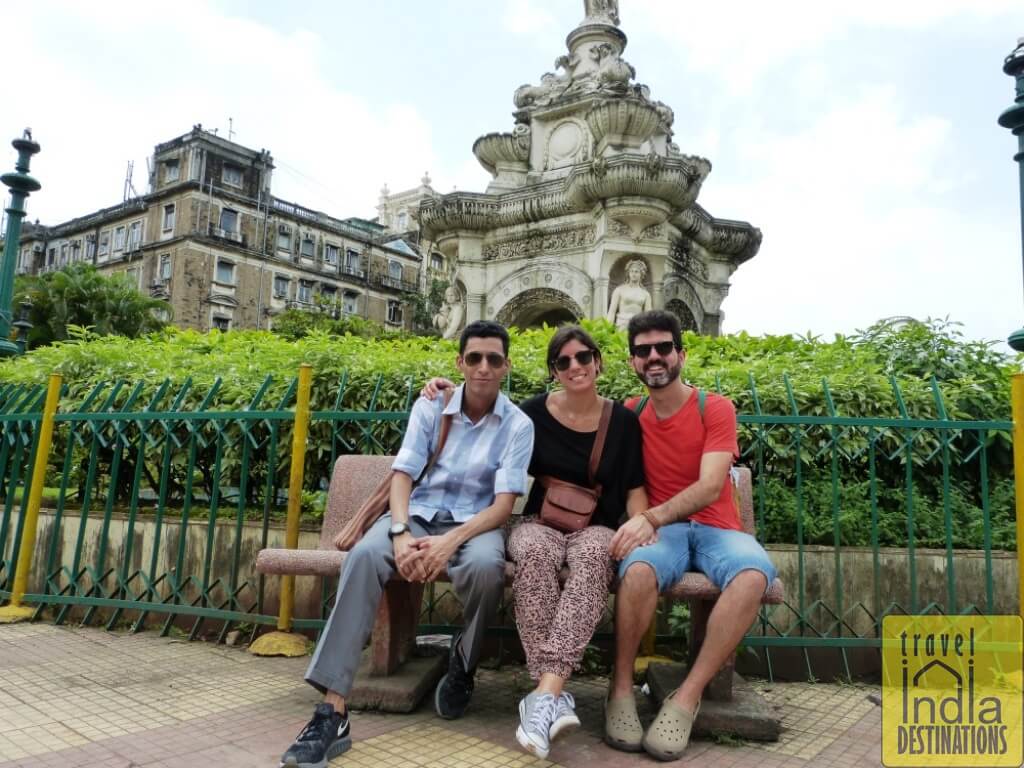Mumbai, once known as Bombay is the city of contrasts. It is home to the billionaires of India and also to some of the poorest who live on the streets. Here you will find people working for hours to make their ends meet. In addition, you’ll find people just sitting idle watching the crowd pass by. Mumbai provides a view of the modern India but still retains its history. In this three-part series, we explore the history of Mumbai. Before I proceed, I would like to thank the museum officials for their quick email note. In addition, for allowing me to take pictures and for providing me guided tour and sharing information. All images are courtesy of Dr Bhau Daji Lad Museum and clicked without using any camera flash.
tour
Have you ever felt this feeling that some places call you subconsciously? I mean like the moment you heard about it or seen it in pictures you get this feeling that you have to visit this place. Well, a few weeks ago, I was working on a blog post of Vasai Fort, which is now already on the site. However, when I was clicking pictures I was attracted by this towering golden structure which is visible from the Vasai Fort (at least if you have a good zoom capability camera). So, when I and Sarah were home we decided to visit this place and see if we can experience it in person. We researched on it and got in touch with the concerned authorities to help us write more on the place.
Are you looking for a fort near Mumbai for a weekend trip or one day picnic? History might seem like a boring subject, but not if you know how to share and explore it. Believe it or not, I was never a history person in my school life. I hated history books because it was all about learning dates and events, it was never engaging enough. However, as I grew up I realised that history is a fascinating subject of all because you not only get to know about the past events but also get to learn from it.
In the final part of the birds in Vasai-Virar series, I will be focusing on the garden birds in Vasai-Virar. Most of these birds are found in Vasai-Virar region throughout the year. However, that does not mean that these birds are easy to photograph. While some birds are always close to human civilization some birds still prefer to be left alone and they take some time to be discovered. If you have not read the previous part of the series you can read more about Vasai aquatic birds here and Vasai forest and grassland birds here.
In the previous post, I mentioned about the aquatic birds in Vasai. These migratory birds are usually in Vasai during the monsoon period from July to September when small lakes and ponds appear all over the places offering better conditions for these birds to settle and breed and then move ahead. In this post, we move on to the forest and grassland Vasai birds and many of these resident Vasai birds are here throughout the year because they are not dependent only on fish for their food.
In my previous post, I wrote about the history of Vasai and how it has gradually become the Vasai as we know of today. So, in case you’ve missed that part, or if you are interested in the history of this place, I would recommend you read that before you proceed. However, if you are a nature lover Vasai is one place to visit especially during the monsoon season. Now, there are no special areas in Vasai-Virar region so I cannot recommend any particular places which you should visit. The region is quite vast and open and there’s a lot of greenery around which attracts the local and migratory aquatic Vasai birds to settle down here for some time before they continue their journey elsewhere.
Most of my blog posts are usually about my travel experiences. However, recently I have not been traveling much mainly due to the amount of work I do. So, I and Sarah came up with the thought to write about Vasai history. Vasai is a little north of the Mumbai on the west coast. A few decades ago, Vasai was a sleepy town enjoying its own peaceful existence. Today it is one of the fastest growing towns in the suburban Mumbai.
Being born and brought up in Mumbai it is the best city for me in the world. I love this city so much. Hence, most of my blog posts are about Mumbai city tour and local attractions. As travellers, we have always been surprised by the wonders of nature and the landscape that I see around.
However, there are times when surprises come from the most unexpected situations. When we started this blog, our sole objective was to offer reliable information about various Indian destinations.
India – the land of diversity. A land of a billion people who belong to different religions and castes, follow different cultures and traditions, speak different languages and dialects, eat different types of cuisines and delicacies, but yet bonded together as one strong democratic nation that continues to march forward in the 21st century. My earlier posts were about how to travel conveniently by train in India, followed by top 5 heritage and luxury trains in India and last week I wrote on the mountain trains in India. This time, I am bringing forward some the assets of the railways that make the entire rail journey experience easy and convenient for local and international travelers.
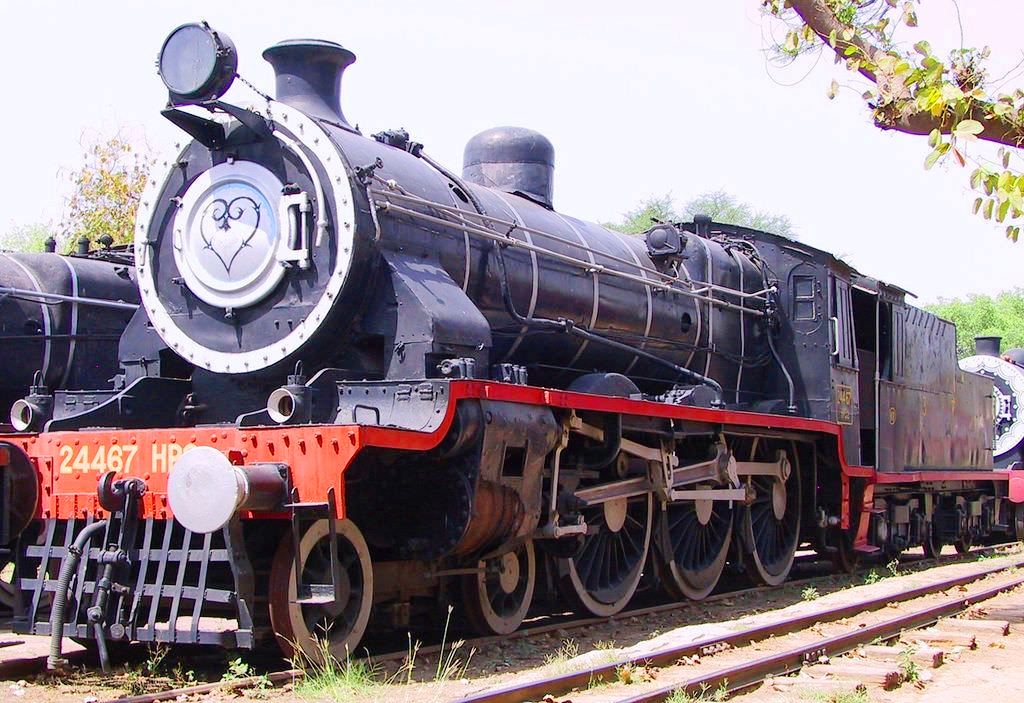
Mountain Railway India
Indian Railways play a critical role in transporting Indian passengers across the country. While the majority of the train network is covered on the plains of Indian soil, there are certain rail networks that climb up the steep mountains of India. These train networks are designed to carry up and bring down passengers and goods with safety and comfort, so speed is not really a major factor here. This post is a part of the series on Indian Railways. In my previous post I talked about how to travel conveniently by train in India followed by top 5 heritage and luxury trains in India, but this time, we go up the hills and mountains and discover how these trains evolved in the first place.
